
Arctic Cat 700 Diesel is a reliable and well-made ATV (all-terrain vehicle). It works well on a variety of terrains and is integrated with a four-stroke engine which promises precise driving.
In addition, it is extremely convenient to handle and promises a comfortable riding experience. It provides better control over the drive, which isn’t usually available with a work machine. However, there are some problems associated with this ATV that the users must know before investing in it!
Arctic Cat 700 Diesel Problems
There are various problems associated with Arctic Cat 700 Diesel ATV, but they are easy to fix or troubleshoot. It is essential to determine the root cause of a certain problem to find a long-term solution.
- Low Performance
Low performance is the common complaint associated with this ATV. Since it’s designed with a four-stroke engine, it promises a smooth performance but you need to remember that it cannot be driven at a fast speed.
This is because the ATV is designed for farming purposes and cannot be used for racing or other high-speed activities. However, if ATV is not performing well with farming either, you have to check the throttle limiter screw, grips, bore kits, and tire pressure.
Throttle Limiter Screw
The speed and performance of the ATV can be improved by adjusting the throttle screw. The throttle lever is designed to connect with the throttle cable and send power signals by leveraging the screws. The throttle limiter screw is essential for regulating the lever’s movement.
When this screw is twisted in a clockwise direction, it drives the screw into the lever housing, which limits the movement of the lever. However, to achieve the higher rev, the screw must be turned in a counterclockwise direction, so make sure it’s calibrated to move in a counterclockwise direction.
Grips
The grips are designed to deliver better handling for arms and handles without putting in too much effort. So, it’s suggested to choose high-quality grips as they can absorb shocks and promise higher speed and perfomance (shocks can slow down the ATV).
Bore Kits
Adding a bore kit to the ATV can significantly improve the torque and horsepower. The Arctic adds a bore kit but shifting to a bigger bore kit promises higher horsepower as it increases the surface area on the pistons’ top, which promises a higher volume of fuel and air combustion, resulting in a higher power.
The bore kit comes with a new cylinder, gaskets, piston, and head, so it’s suggested to hire a mechanic to install the bore kit.
Tire Pressure
Low pressure in tires can reduce the performance and overall speed of the ATV. Having said that, check the tire pressure. Keep in mind that low pressure in the tires can result in vibrations, so get the tires pressured well.
- Engine Not Starting
he second common problem of Arctic Cat 700 Diesel ATV is the engine not working. In the majority of cases, the engine doesn’t start when the fuel filter or fuel tank hose is obstructed.
In addition, the engine tends to stop running when the fuel lift pump or a fuel solenoid is damaged. First of all, make sure that the ATV is not in gear mode.
Battery
The first solution is to check the battery because electrical problems associated with the battery can impact the engine performance. It is recommended that you use a multimeter to check the battery’s voltage.
The reading must be over 12V, and if it’s less, you must charge the battery. However, if the battery isn’t able to hold the charge, you need to replace the battery.
Spark
If the engine is not getting a spark or has a weak spark, the engine will fail to start. As a result, the engine won’t ignite the fuel. To fix this problem, you need to tighten the spark plug wire with the spark plug.
In addition, the electrodes of the spark plug must be properly grounded. Once the electrodes and spark plug wire are fixed, the engine will operate normally. However, if it doesn’t fix the problem, you need to replace the spark plug and make sure it’s gapped properly.
Fuel
Another solution is to check the fuel level because a low fuel level can slow down the engine, or the engine will stop working. It is recommended that you replenish the fuel level. In addition, you need to clean the fuel injectors to streamline the flow of fuel into the engine.
Airflow
An air filter is important to keeping the fuel clean because contaminated fuel can result in engine damage. With regular use, the air filter will be clogged, which lets in the dirt and dust into the engine. So, make sure that you check the air filter and replace it if it’s damaged or clogged.
- Noisy Gear
Arctic Cat 700 Diesel ATV is one of the smoothest ATVs out there, which means noisy gear should be taken seriously. The gear starts making noise when the shaft, gear, and bearings wear out.
With regular use, the gear tooth and bearing develop small pits and grooves, which eventually become bigger, resulting in noise. So, start by replacing the gear tooth and bearings.
In addition, you need to adjust the contacts and backlash as they are responsible for rotating the shaft. If these solutions don’t work, you need to replace the bearing, shaft, and gears to optimize the performance of your ATV without making noise.
- Noisy Engine
Popping noises coming out of the ATV engine are quite common, and they are caused either by a damaged piston or a crankshaft. If the noise is coming from the piston, you need to check the pistons as well as a piston pipe, combustion chamber, and piston rings.
You need to clean these components because dirt and grease buildup in pistons and related components can lead to noise. However, if cleaning doesn’t work, you’ve to get them repaired or replaced, depending on the severity of the damage.
On the other hand, if the noise is coming from ATV’s crankshaft, you must check the bearings. The bearings are essential to ensure smooth rotation of tires while minimizing friction.
However, worn-out bearings can increase vibrations and reduce the overall engine performance. So, inspect the bearings and replace them if they are worn out. The experts suggest replacing the entire crankshaft, but it will be expensive, so try fixing the problem by replacing the bearings.
- Engine Turns Over But Does Not Start
The engine needs to turn over and start for the ATV to perform optimally. However, if it’s not starting, you need to check the shut-off valves. This is because the engine fails to start when the shut-off valves are closed, so replace the valves if they aren’t operating properly.
Secondly, you have to check the spark plugs to determine if they are dry; the dry spark plugs signal zero inflow of fuel into the engine and cylinder. So, hire a mechanic, and he will fix the fuel pump and spark plugs to optimize the fuel flow.
- Oil Leaking From Carburetor
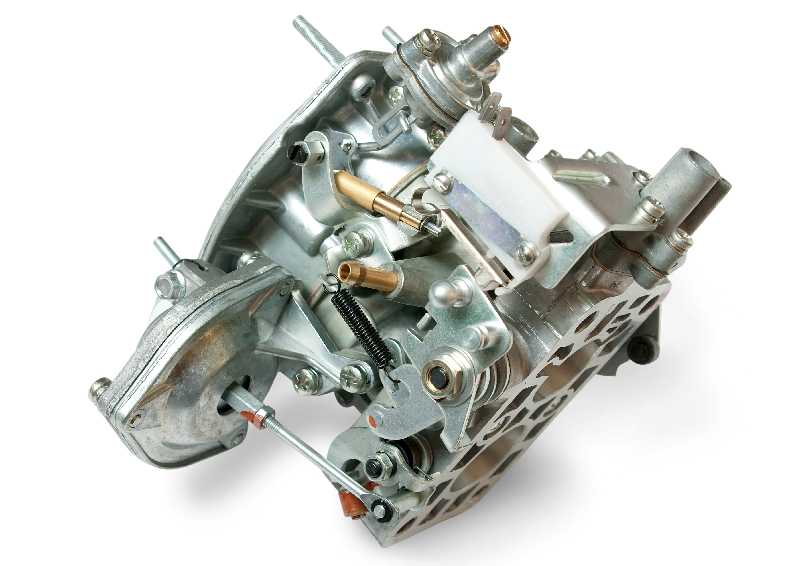
A carburetor is essential for mixing fuel and air before it’s injected into the engine. So, when the oil starts leaking from the carburetor, the air and fuel mixture won’t reach the engine, resulting in operational issues.
The solution is to check the gasket between the intake manifold and carburetor because the gasket needs to be in optimal condition to allow the transmission of fuel. In addition to this, make sure that the carburetor is tightly connected to the system because it tends to become loose with the engine’s vibrations.
- Tire Keeps Puncturing
ATV is usually used for off-road riding and farming, which is why punctures are common. However, if the tire keeps puncturing, there are chances that some sharp object is still lodged in the tire.
So, inspect the tires to locate the object, such as thorns, glass, and flint, and remove it to prevent repetitive puncturing. In addition, keep the tire’s pressure at an optimal level to prevent a flat tire.
The Bottom Line
These are some common problems one can get with the ATV, and following the suggested solutions should help. However, if something needs to be repaired or replaced, you must call the company’s official technical support to get professional services. In addition, getting the repairs done by the company will keep the warranty intact.

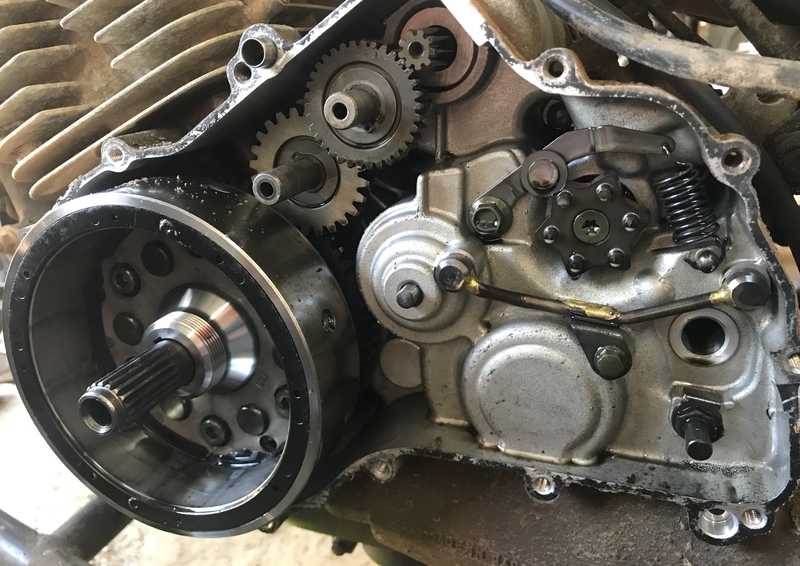

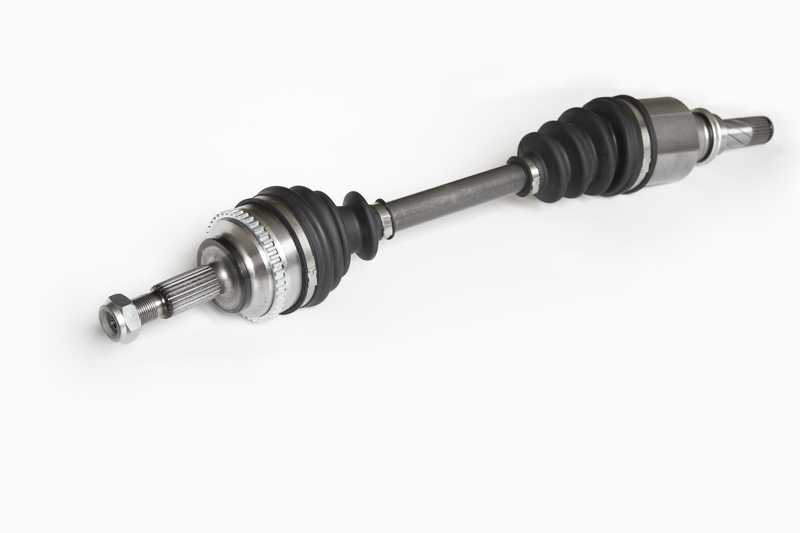
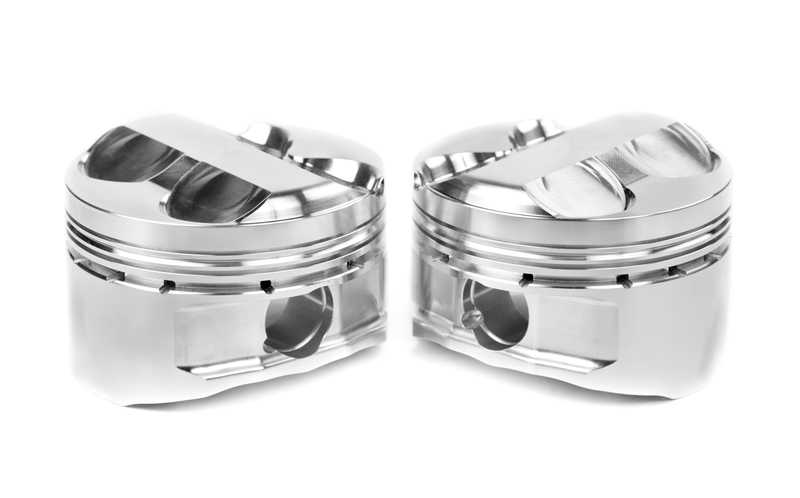

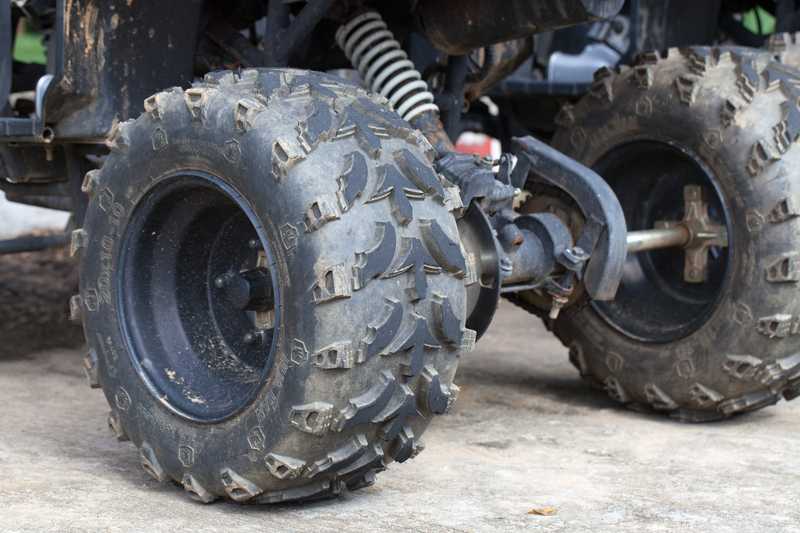
Igota problem on my Arctic cat 700 Diesel, it’s leaking diesel that my only issue
My 07 700 diesel cat was sitting for a few years and no it will run and idle but won’t go more then Like 20kms and is bogging and smokes ..
When the diesel shut off solenoid fails you have literally no way to turn off the engine as there is no diesel fuel valve. You can’t stall it as too much torque and I tried crimping the diesel fuel line coming from the top of the tank under the back seat that did not shut it off. I also tried pulling all the fuses under the seat to shut off the fuel pump inside the tank but nothing worked. Eventually after 8 hours the engine overheated, melted the alternator belt and the engine seized in a cloud of smoke.
What a terrible design imagine you had an accident and the fuel shut off solenoid got damaged
Next time, block up the air intake,
No air, no run.
Looking for advice. Mine will run if you spray gas in the carburetor, but as soon as you let off the gas it will not hold an idle. It’s a 2007.